
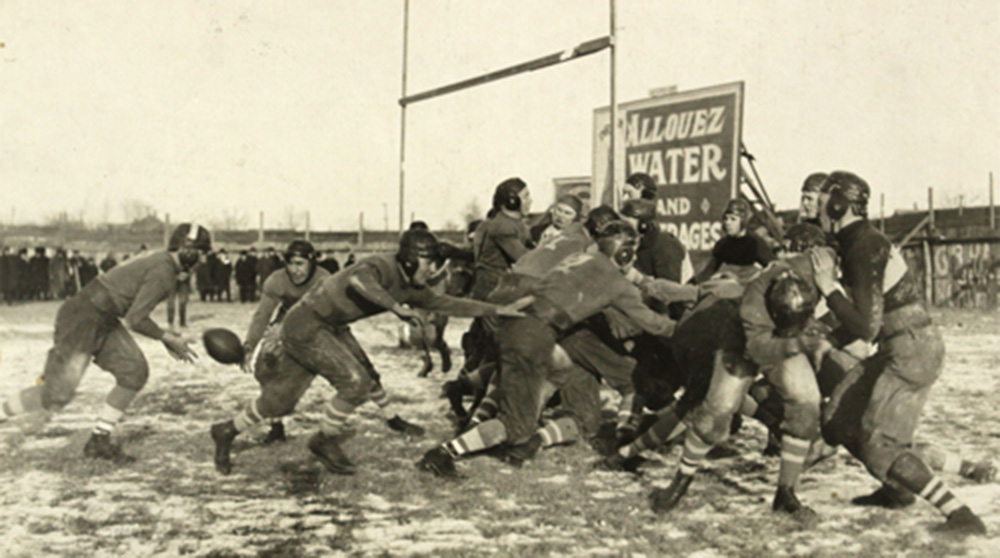
Curly Lambeau founded the Green Bay Packers on August 11, 1919. Needing uniforms and equipment, he received a $500 sponsorship from the Indian Packing Company, where he worked as a shipping clerk. He was also granted access to their company grounds to use as a practice field. Lambeau named the team the "Packers" in honor of the packing company.
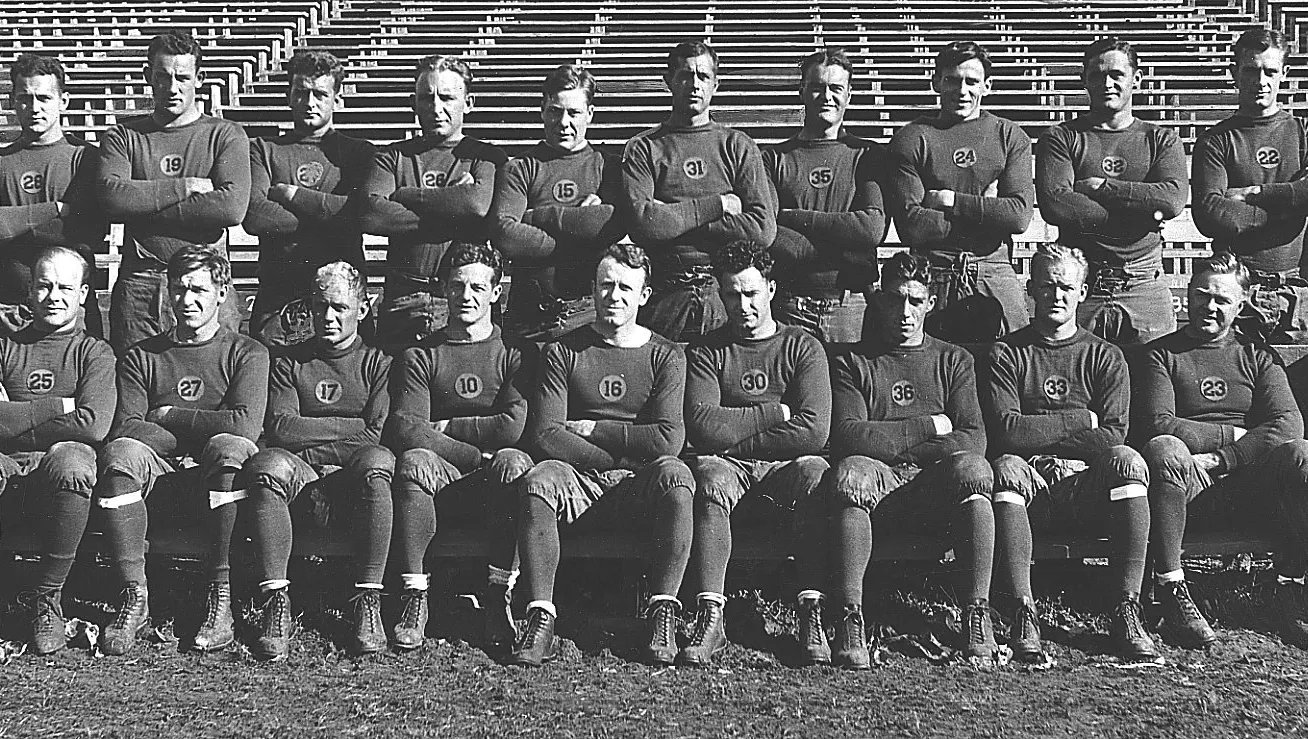
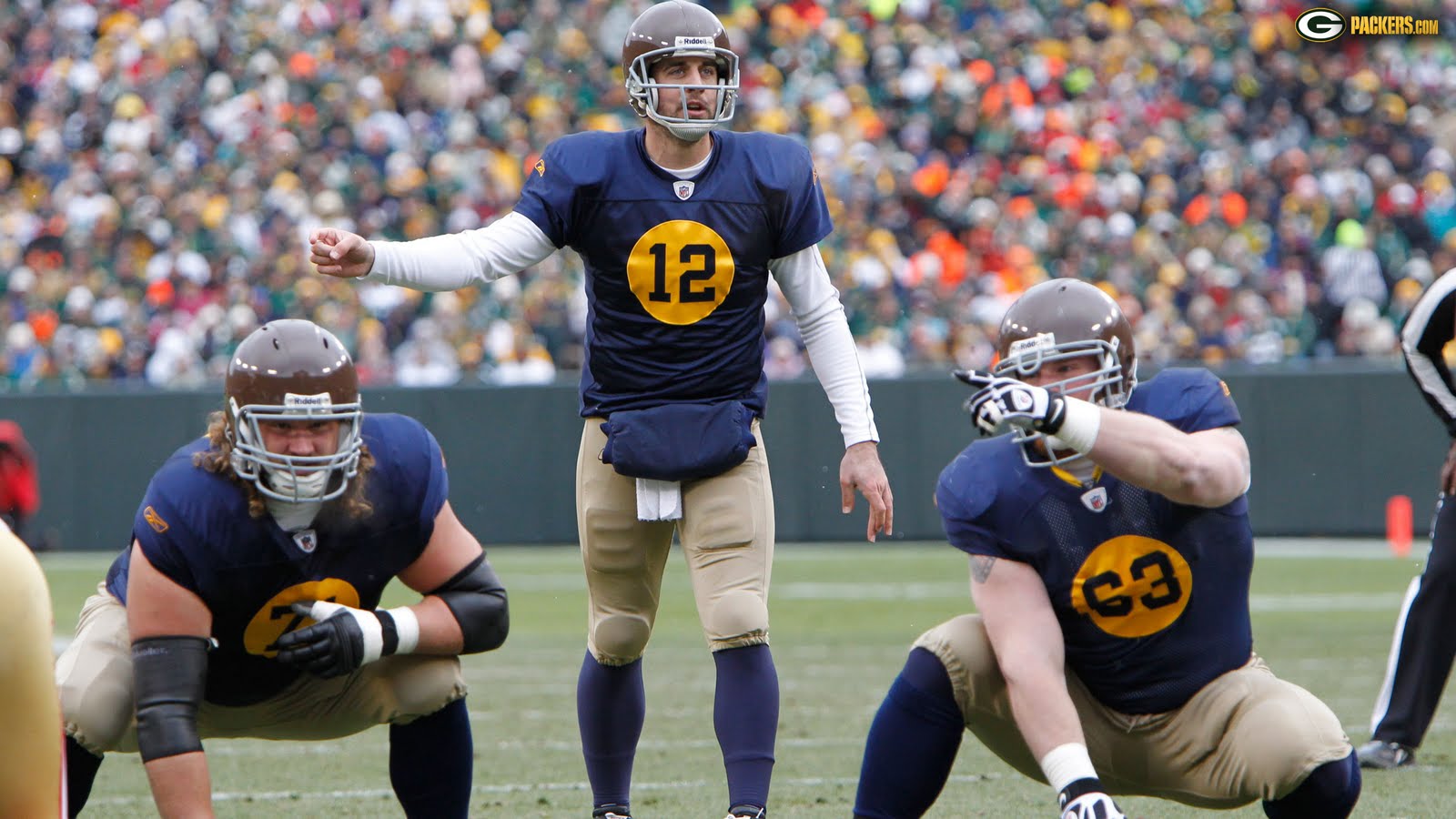
Green Bay's first NFL championship was won in 1929. This season also began the first Packers dynasty, as the team also won the 1930 and 1931 championships. The Packers occasionally wear these 1929 jerseys to honor this championship team.
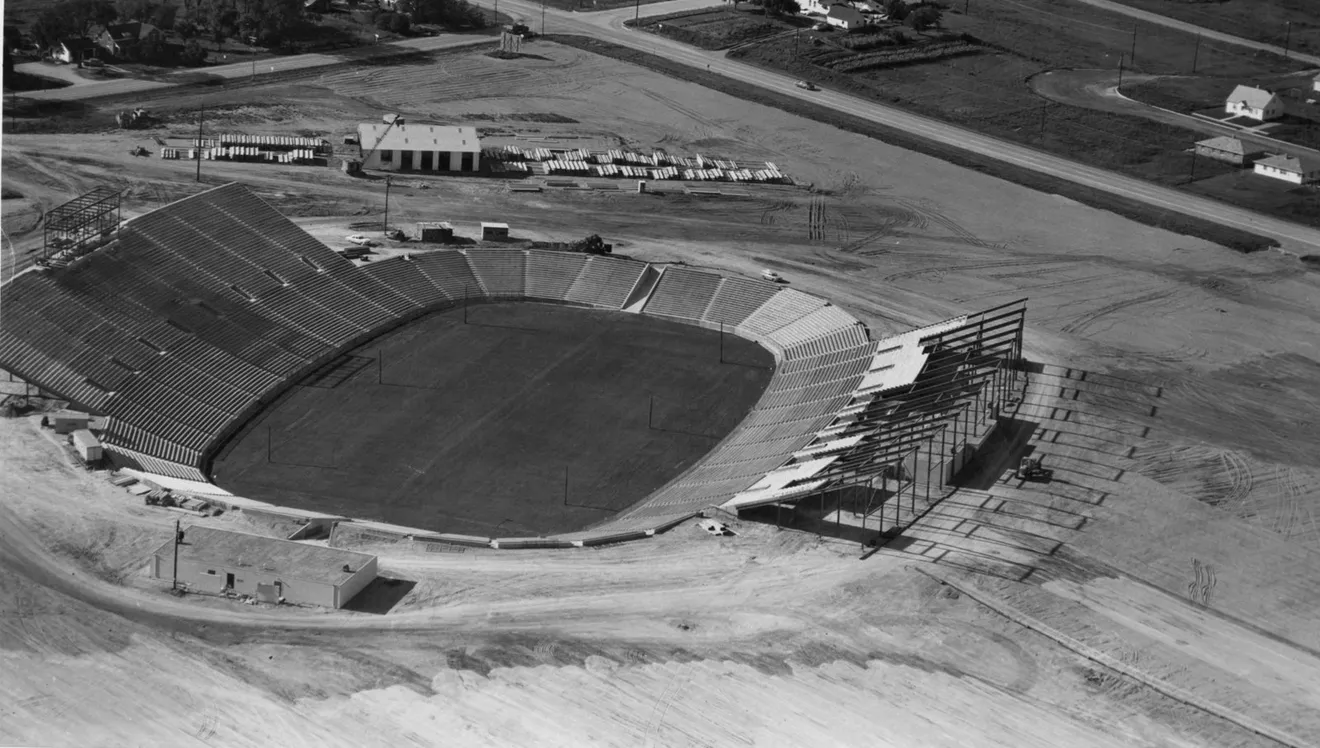

Before Lambeau Field was a decrepit, inadequate field known as City Stadium, located behind Green Bay East High School. So much so that the Packers had to play several games in Milwaukee every year. That and their on-field mediocrity throughout the 1940's-1950's almost forced the team out of Green Bay. Under the NFL's threat of relocating the franchise to Milwaukee, unless a new stadium was built, Lambeau Field was made. Construction began in 1955, and officially opened in 1957. Lambeau Field is the main reason why the Packers are still in Green Bay to this day.
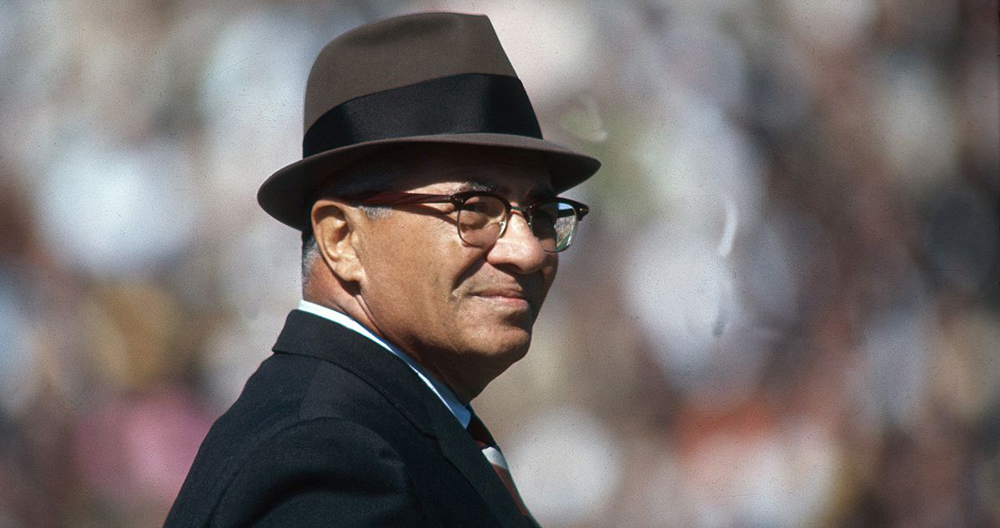

The final season before Vince Lombardi joined as head coach was the worst in Green Bay Packers history. In 1958, they finished with a record of 1-10-1, which led to the firing of previous coach Ray McLean in favor of Lombardi. What followed was a decade of dominance not seen since the 1930's. Green Bay won five league championships in a seven year span, including the first two Super Bowls in 1967 and 1968. After Lombardi's passing in 1970, the NFL renamed the Super Bowl Trophy to the Vince Lombardi Trophy.
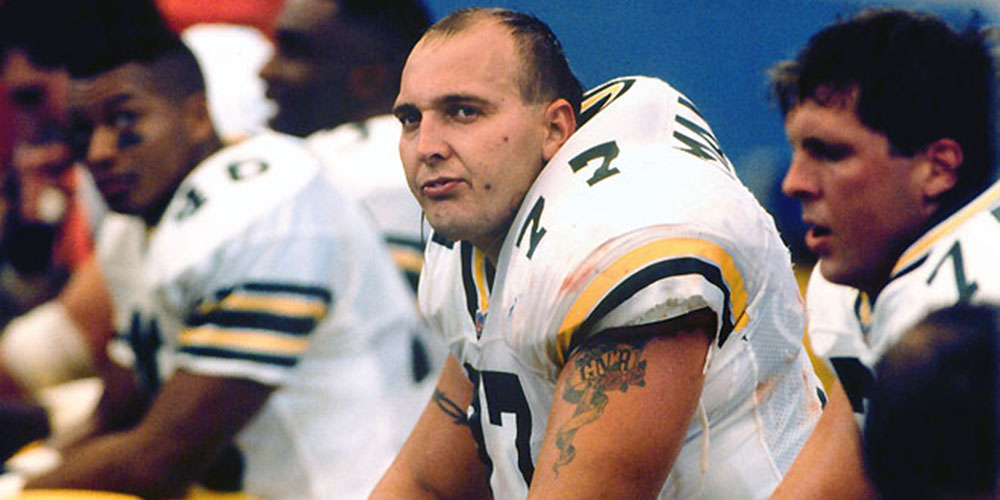
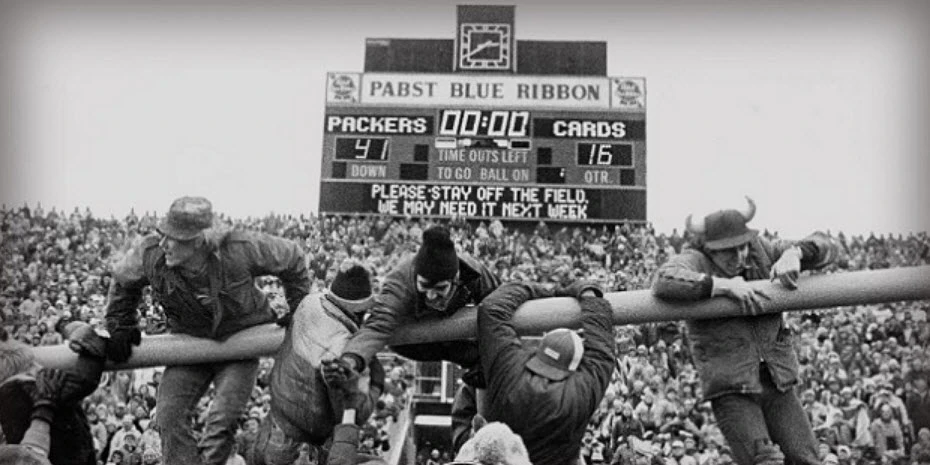
Lombardi's departure after Super Bowl II marked the beginning of the deepest and darkest period of the team's history (on the field). This post-Lombardi, pre-Favre era of Packers football is often called "The Second Dark Ages" or "The Sorry Years" because of the tradition of failure that transpired. In a 24 year period from 1968-1991, Green Bay had five winning seasons, and only one playoff win: a 1982 first round game against the St. Louis Cardinals.
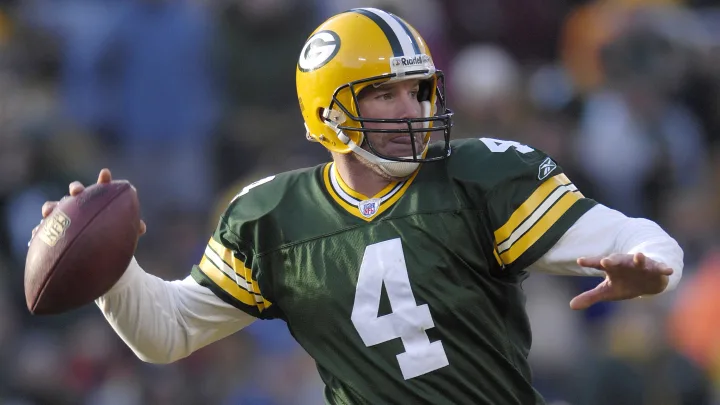
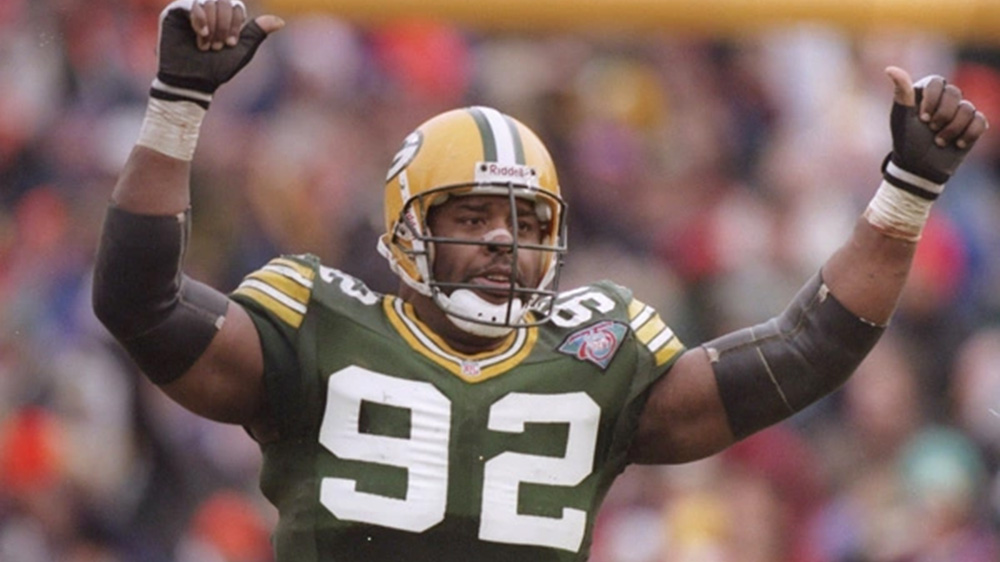
The team's futility ended with the acquisition of Brett Favre. Unlike most of the great players of Packers history, Favre wasn't even drafted by Green Bay. Then General Manager Ron Wolf traded one first round pick to the Atlanta Falcons for Favre, in one of the greatest trades in NFL history. Favre failed his initial physical with Green Bay, as doctors diagnosed him with a degenerative condition called avascular necrosis, the same disease that ended Bo Jackson's infamous career. The team's physician at the time said that Favre's career wasn't going to last any more than three years.
Most trades in the NFL are contingent upon players passing their physical, otherwise the trade is nullified. Ron Wolf wanted Favre so badly that he waived the contingency clause of this trade. It is only through Wolf's committment and conviction that Favre played (most of) his Hall of Fame career with the Packers. Brett Favre ended his Packers career with a record of 161-94 (63%), three MVP Awards, and one Super Bowl.
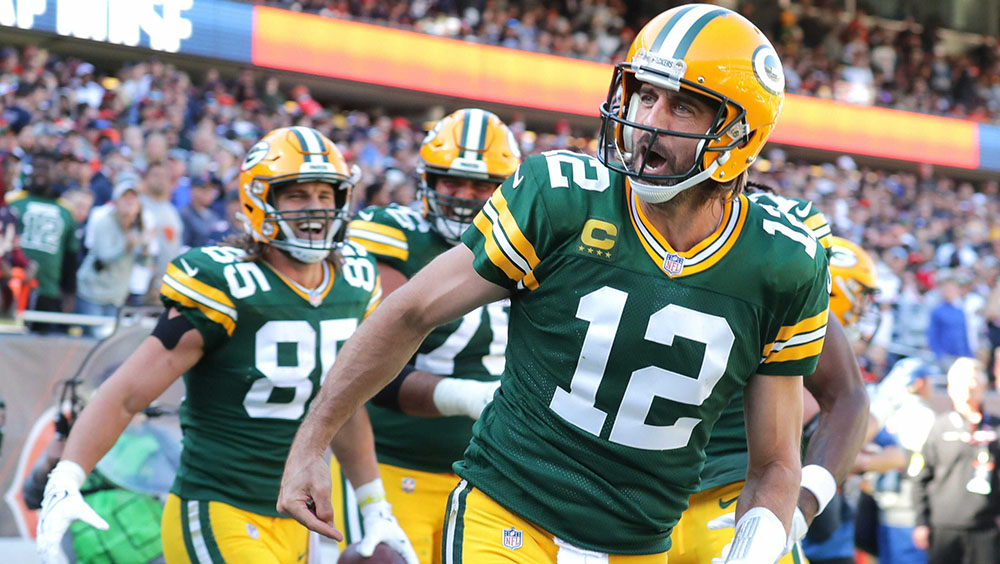
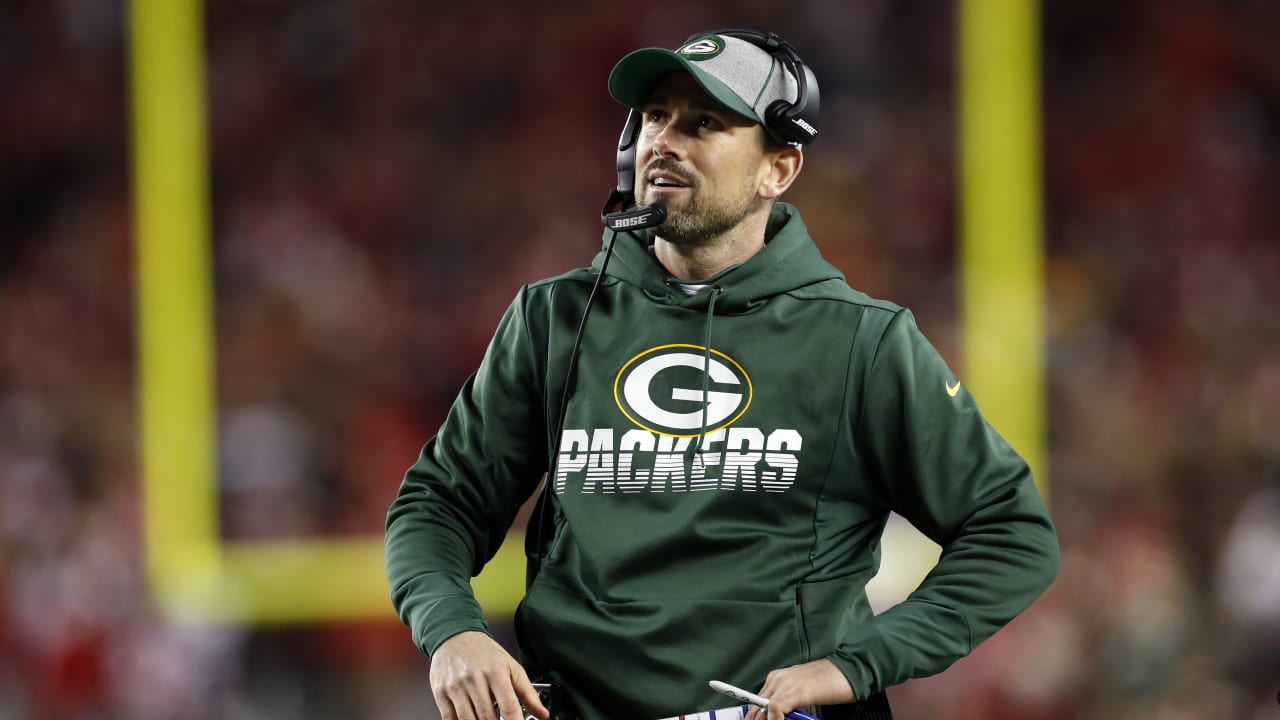
Brett Favre's time in Green Bay was somewhat cut short when the team drafted Aaron Rodgers in 2005. Favre was eventually traded to the New York Jets in 2008, and Aaron Rodgers has been the Packers' starting quarterback ever since. While fans across the league were hoping that the Packers would return to mediocrity after losing Favre, the team has been just as good, if not better without him. Rodgers has an even better record of 142-70-1 (67%), four MVP Awards, with more touchdowns and fewer interceptions than Favre. He also has one Super Bowl victory.
Matt LaFleur, the current coach of the Packers, has the record for most wins through a head coach's first three seasons in NFL history, with an uncanny record of 39-10. This duo currently leads one of the NFL's best teams in pursuit of another Super Bowl.